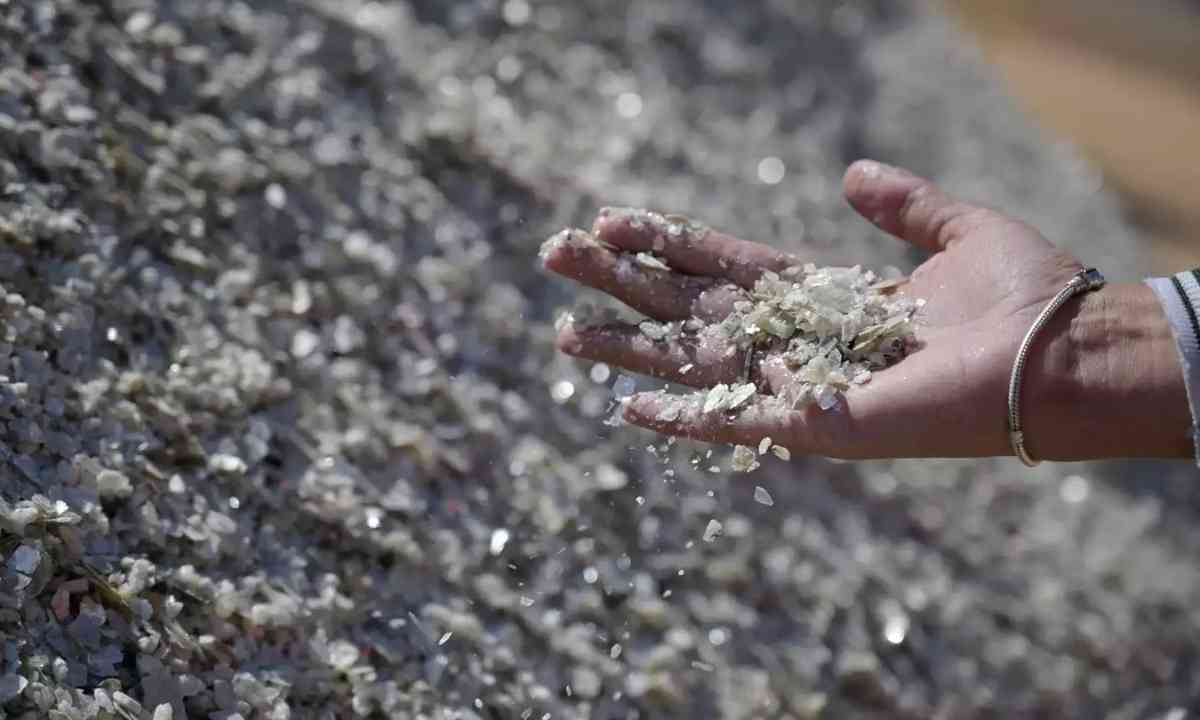A group of scientists from the Indian Institute of Technology (IIT) Ropar, led by Dr. Resmi Sebastian, an assistant professor in the institute's Civil Engineering Department, has identified tantalum, a scarce metal, in the sand of the Sutlej River in Punjab. According to specialists, this finding of metal is noteworthy not just for Punjab but also for India, given tantalum's extensive use in electronics and semiconductors.
Tantalum is a special kind of metal with the number 73. It's gray, heavy, super tough, and doesn't easily get damaged by things like rust. This is because when it meets air, it creates a tough oxide layer that is very hard to get rid of, even when it faces strong acids or heat. When it's pure, tantalum is stretchy, meaning it can be pulled or drawn into a thin wire without breaking. Also, it doesn't easily get harmed by chemicals at temperatures below 150°C. The only things that can really affect it are hydrofluoric acid, acidic solutions with fluoride, and free sulphur trioxide, as stated by the US Department of Energy.

Tantalum’s discovery and it’s use
Tantalum was first discovered in 1802 by Anders Gustaf Ekenberg, a chemist from Sweden in minerals from Ytterby, Sweden. At first, it was thought Ekenberg had discovered a different version of niobium, which is a similar element to tantalum. However, in 1866, Jean Charles Galissard de Marignac, a chemist from Switzerland, demonstrated that tantalum and niobium are indeed two separate elements, resolving the confusion.
Tantalum is mainly used in electronics. The special capacitors made from the metal can store a lot of electricity in a small space without losing much. This is great for small gadgets like phones, laptops, and cameras. Tantalum is also used in things like chemical plants, nuclear power plants, airplanes and missiles as it doesn't react with body fluids and is used to make surgical tools and implants as mentioned by the US Department of Energy.
© Copyright 2023. All Rights Reserved Powered by Vygr Media.























